Properties
| Storage Buffer | PBS pH7.4, 50% glycerol, 0.09% sodium azide *Storage buffer may change when conjugated |
| Storage Temperature | -20ºC, Conjugated antibodies should be stored according to the product label |
| Shipping Temperature | Blue Ice or 4ºC |
| Purification | Protein A purified |
| Clonality | Polyclonal |
| Specificity | Detects ~33kDa. |
| Cite This Product | StressMarq Biosciences Cat# SPC-211, RRID: AB_2704307 |
| Certificate of Analysis | 5 µg/ml of SPC-211 was sufficient for detection of HO-1 in 10 µg of rat brain lysate by colorimetric immunoblot analysis using Goat anti-rabbit IgG:HRP as the secondary antibody. |
Biological Description
| Alternative Names | HSP32 Antibody, HMOX1 Antibody, Heme oxygenase 1 Antibody, HO Antibody, HO1 Antibody, , 32 kD antibody, bK286B10 antibody, D8Wsu38e antibody, heat shock protein 32 kD antibody, heat shock protein 32kD antibody, Heat shock protein antibody, Heme oxygenase (decycling) 1 antibody, Heme oxygenase 1 antibody, Hemox antibody, HMOX 1 antibody, Hmox antibody, Hmox1 antibody, HMOX1_HUMAN antibody, HO 1 antibody, HO antibody, HO-1 antibody, HO1 antibody, Hsp32 antibody |
| Research Areas | Alzheimer's Disease, Atherosclerosis, Blood, Cancer, Cancer Metabolism, Cardiovascular System, Cell Signaling, Endothelium, Epigenetics and Nuclear Signaling, Hypoxia, Inflammatory Mediators, Metabolism, Metabolism processes, Neurodegeneration, Neuroscience, NFkB Pathway, Nuclear Signaling Pathways, Oxidative Stress, Platelets, Response to Hypoxia, Vascular Inflammation, Vasculature |
| Cellular Localization | Endoplasmic Reticulum, Microsome |
| Accession Number | NP_036712.1 |
| Gene ID | 24451 |
| Swiss Prot | P06762 |
| Scientific Background | Heme-oxygenase is a ubiquitous enzyme that catalyzes the initial and rate-limiting steps in heme catabolism yielding equimolar amounts of biliverdin, iron and carbon monoxide. Biliverdin is subsequently converted to bilirubin and the free iron is sequestered to ferritin (1). These products have important physiological effects as carbon monoxide is a potent vasodilator; biliverdin and bilirubin are potent antioxidants; and the free iron increases oxidative stress and regulates the expression of many mRNAs (2). There are three isoforms of heme-oxygenase, HO-1, HO-2 and HO-3; however HO-1 and HO-2 are the major isoforms as they both have been identified in mammals (3). HO-1, also known as heat shock protein 32, is an inducible isoform activated by most oxidative stress inducers, cytokines, inflammatory agents and heat shock. HO-2 is a constitutive isoform which is expressed under homeostatic conditions. HO-1 is also considered to be a cytoprotective factor in that free heme is highly reactive and cytotoxic, and secondly, carbon monoxide is a mediator inhibiting the inflammatory process and bilirubin is a scavenger for reactive oxygen, both of which are the end products of heme catalyzation (4). It has also been shown that HO-1 deficiency may cause reduced stress defense, a pro-inflammatory tendency (5), susceptibility to atherosclerotic lesion formation (6), endothelial cell injury, and growth retardation (7). Up-regulation of HO-1 is therefore said to be one of the major defense mechanisms of oxidative stress (4). |
| References |
1. Froh M. et al. (2007) World J. Gastroentereol 13(25): 3478-86. 2. Elbirt K.K. and Bonkovsky H.L. (1999) Proc Assoc Am Physicians 111(5): 348-47. 3. Maines M.D., Trakshel G.M., and Kutty R.K. (1986) J Biol Chem 261: 411–419. 4. Brydun A., et al. (2007) Hypertens Res 30(4): 341-8. 5. Poss K.D. and Tonegawa S. (1997). Proc Natl Acad Sci U S A. 94: 10925–10930. 6. Yet S.F., et al. (2003) FASEB J. 17: 1759–1761. 7. Yachie A., et al. (1999) J Clin Invest. 103: 129–135. |
Product Images
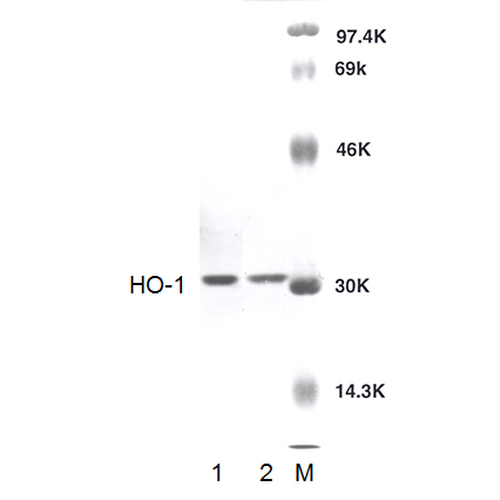
Western blot analysis of Rat Brain cell lysates showing detection of HO-1 protein using Rabbit Anti-HO-1 Polyclonal Antibody (SPC-211). Lane 1: Rat Brain lysate. Lane 2: Purified HO-1. Lane 3: Molecular Weight Markers. Load: 10 µg. Primary Antibody: Rabbit Anti-HO-1 Polyclonal Antibody (SPC-211) at 1:1000.

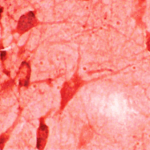
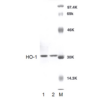
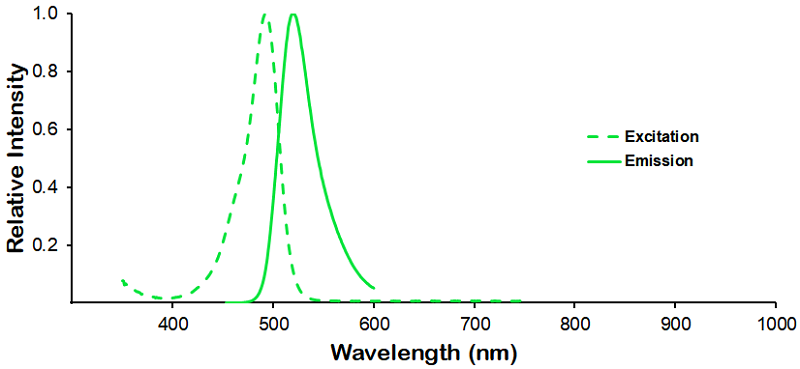
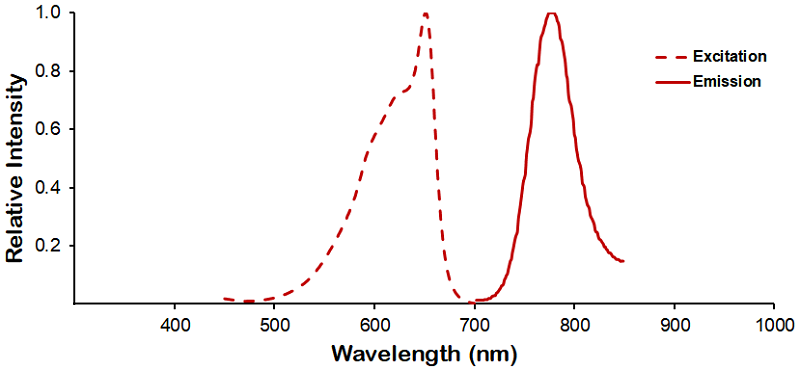
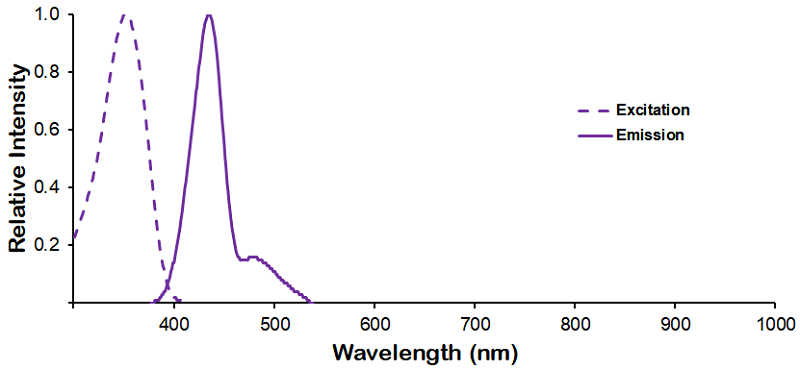
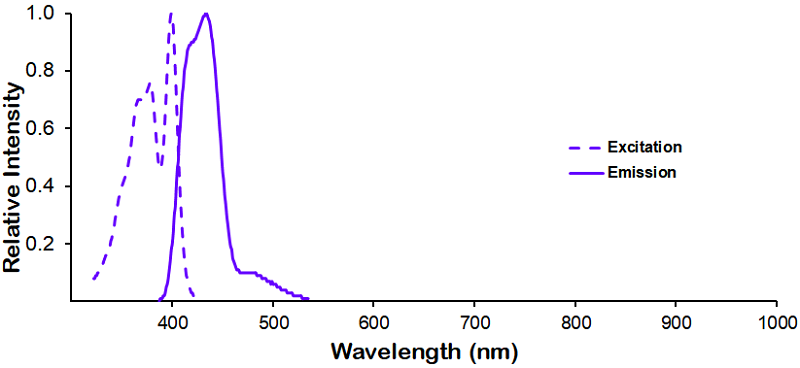
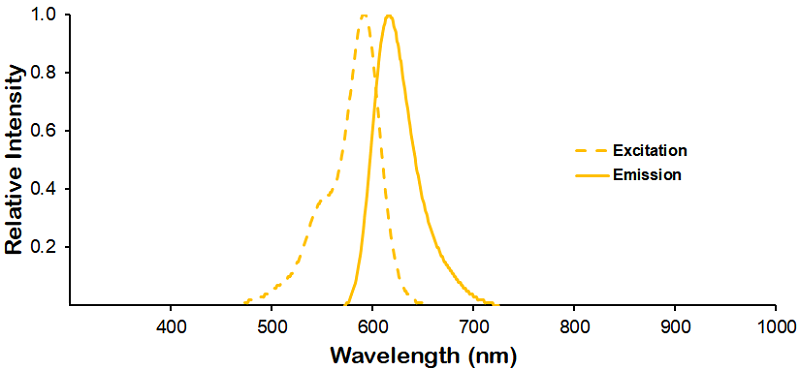
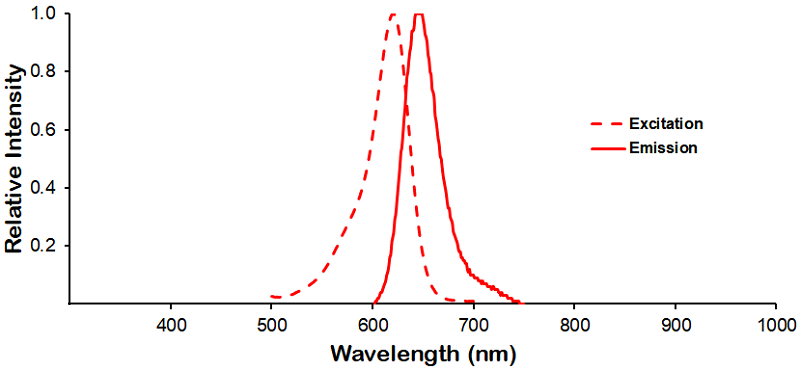
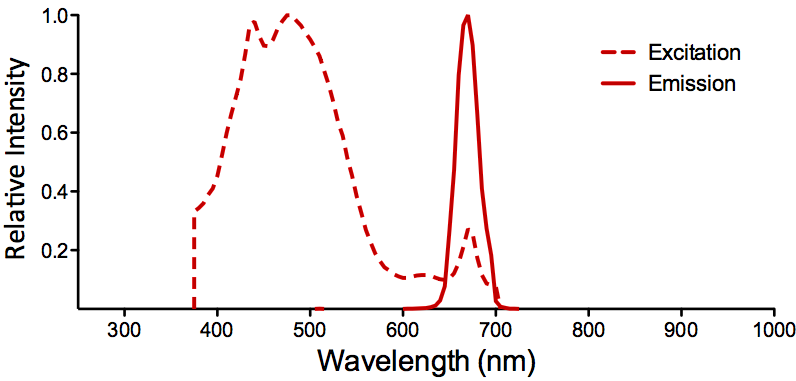
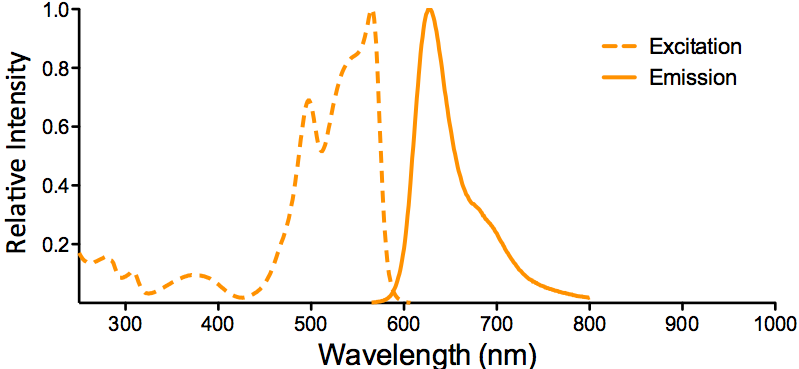
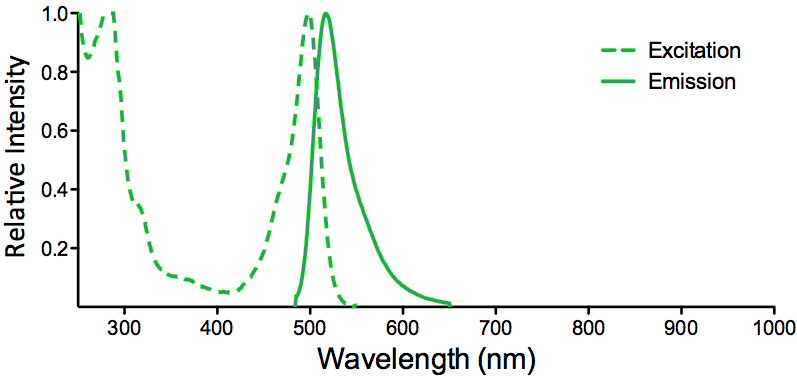
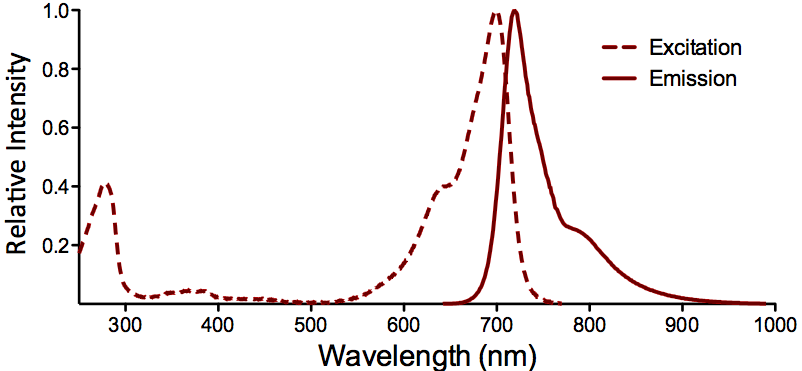
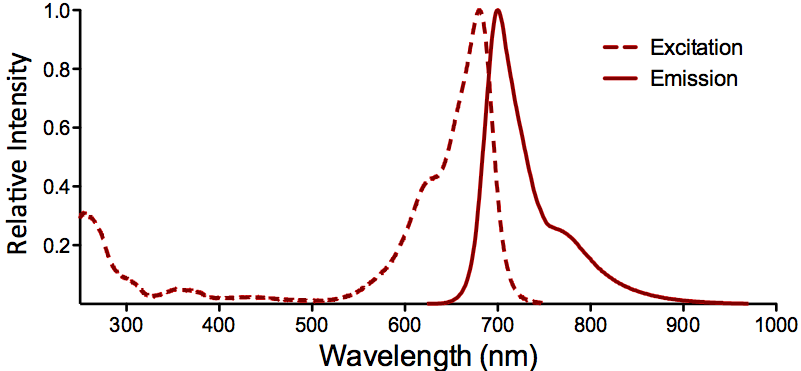
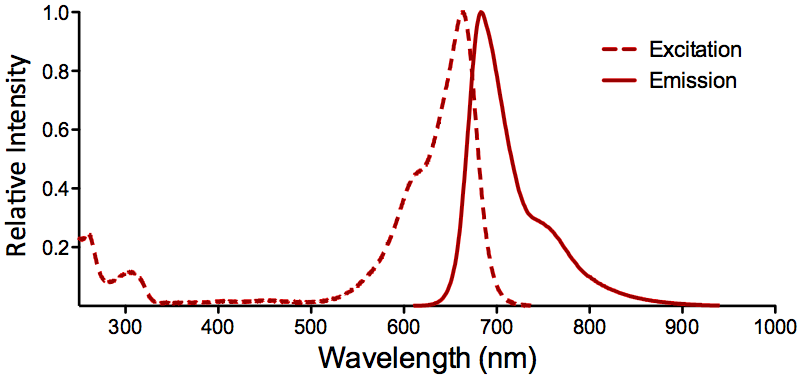
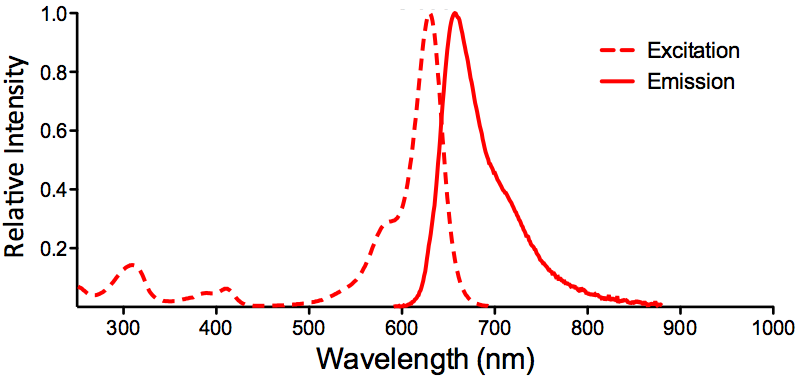
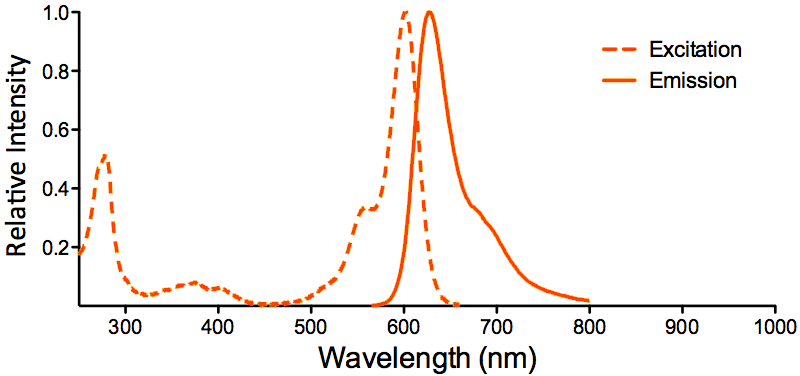
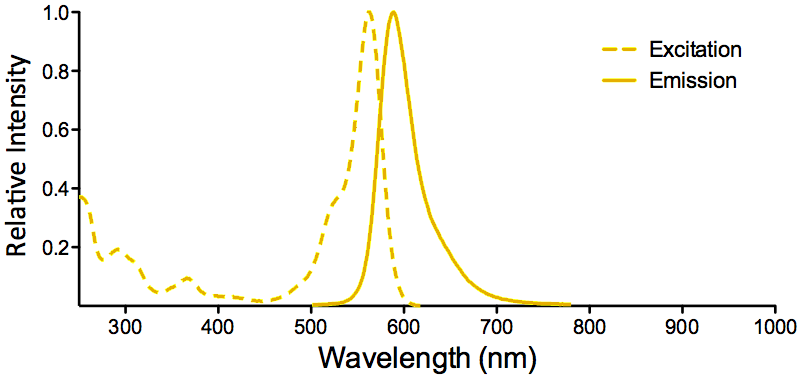
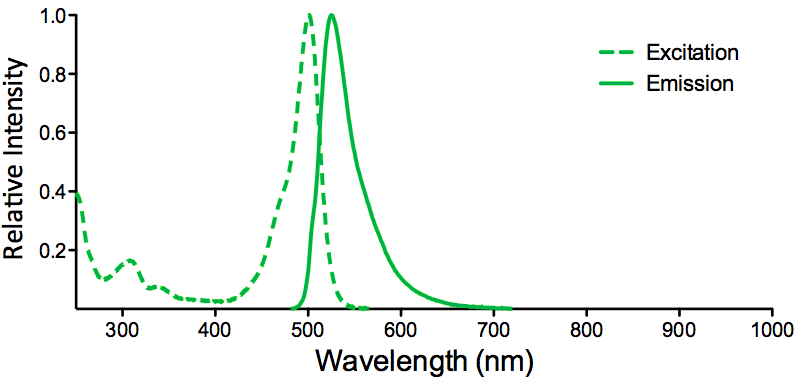
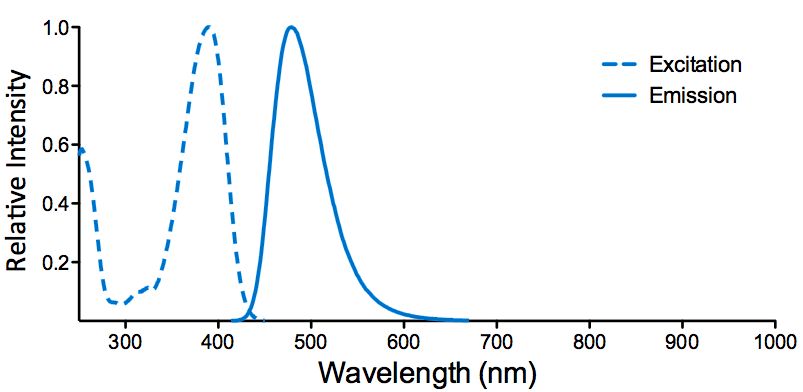
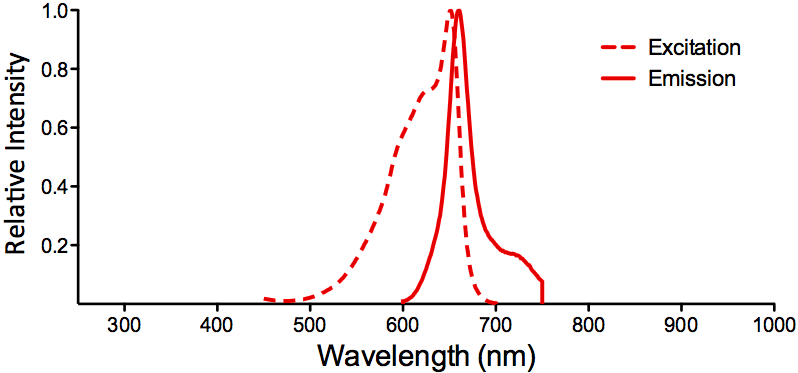
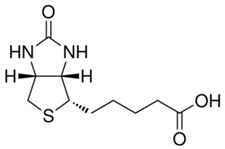
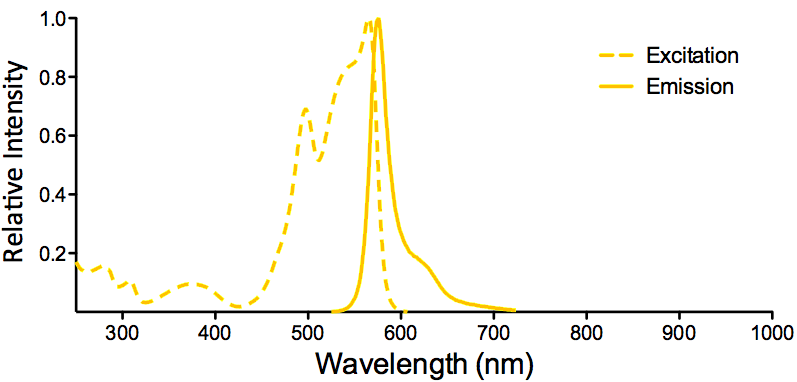
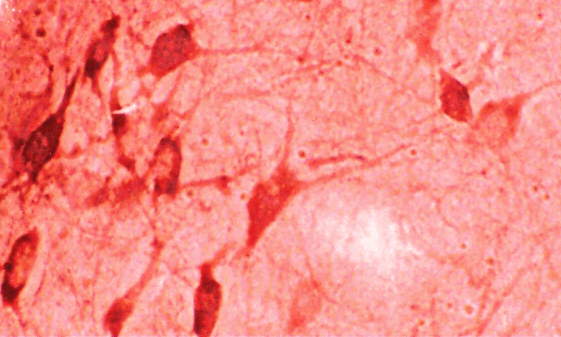
Reviews
There are no reviews yet.